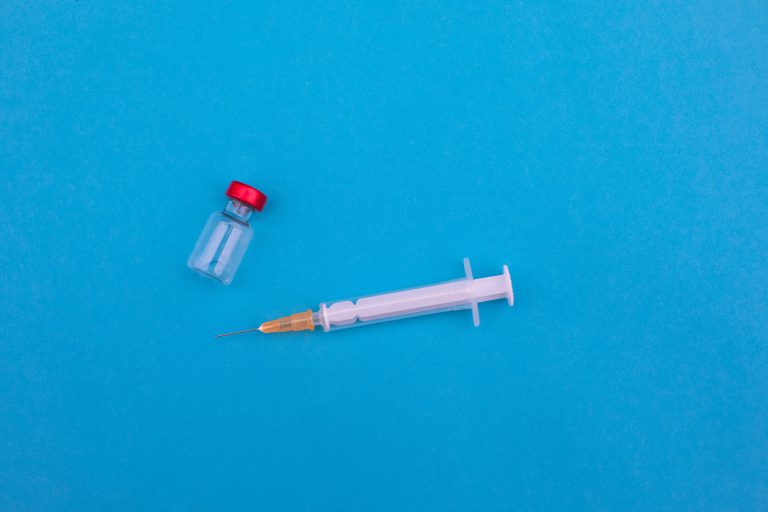The pandemic impacted many industries significantly and in different ways—changing life as we know it as a whole. Undoubtedly, one of the most affected industries is the medical industry, as it wasn’t only integral to get life going, but the succeeding events after the first case had it scrambling to protect humanity from the virus.
One way that the healthcare industry had to adjust was to find ways to provide the maximum financial assistance possible for uninsured patients while recovering lost revenues. The American Hospital Association estimated these losses to total up to $50 billion per month, an alarming figure for hospitals and medical centers to stay afloat.
For patients to have access to affordable healthcare that they need, medical centers must re-evaluate new service solutions and technology to effectively and efficiently secure financial aid reimbursement for uninsured or underinsured eligible patients. By investing in medical financial aid platforms for better healthcare, hospitals will be able to hurdle these challenges.
Reimbursement Issues for COVID-19 Related Treatments
The sudden surge of Coronavirus cases led to many reimbursement challenges across medical centers in the country. Medical bills have grown much higher than anticipated, with uninsured patients being disqualified from testing and treatment since COVID-19 has to be the main diagnosis instead of other conditions that the patient might have with similar symptoms to the virus. With only a little more than half of the patients receiving coverage, many find themselves receiving hospital bills double the amount they expect because the coverage didn’t apply to them under the new legislation.
To make matters worse, many working adults didn’t have steady insurance to provide them with the necessary health benefits when the virus hit—leaving those who were compromised with healthcare expenses they couldn’t afford, and some others even hesitating to get treated at all due to the costs!
Despite these issues, the healthcare sector is trying to regain the trust of its patients and partners in the community. Having a medical financial aid platform is one of the tools that hospitals can take advantage of to guarantee that patients, regardless of income level, can receive treatment at the right cost without worrying about huge medical debts. These medical centers should also make their immediate community aware of these solutions by promoting the availability and affordability of different treatment options.
Difficulties in Medical Financial Aid
There are many medical financial aid programs available, and the number of programs and funding for it grows every year. However, millions of underinsured patients that do qualify for these programs don’t take advantage of them, which then negatively affects the health providers that lose billions per year.
This is where another advantage of medical financial platforms comes into play, one that allows health systems to access as many programs as possible, along with quick and accurate enrollment for patients. The right solutions should allow hospitals to quickly match patients with programs in a database that they might qualify, given their diagnosis, insurance coverages, claims status, and other financial details.
To help replenish a health system’s finances for operational needs and inventory, medical financial aid platforms should be able to source, enroll, and reimburse using a single workflow to produce financial aid plans unique to every patient.
Centralized Financial Aid Efforts
To have a smooth workflow, healthcare facilities must develop collaborative measures and systems across departments to ensure that the patient’s healthcare journey, from registration to pharmacy and billing, encounters no hiccups! The consequences of having siloed medical departments can really cause a negative impact on the patient—including missed financial aid opportunities that would have otherwise supported the patient. Unifying systems under one platform will allow different departments to drive efficient medical services with the best patient support possible.
Conclusion
Health news today may leave people with the impression that the healthcare industry is doomed for patients in need of treatment and little means to access them. While some of this is still true, improvements are being made every day to connect patients to the healthcare they need, whether insured or uninsured.
This is especially crucial when the pandemic is still at large, and people at risk are more dependent on affordable, accessible healthcare more than ever! With healthcare providers being given an opportunity to develop programs and utilize tools like financial aid platforms, there are greater chances for better patient satisfaction and, more importantly, good health.
Health is more important now than ever—and keeping informed is one of the best ways to ensure you and your patients’ wellbeing! Dose of Healthcare keeps you up to date with the latest healthcare news, covering various topics in the medical industry. Get your daily dose of healthcare info with us today!



















